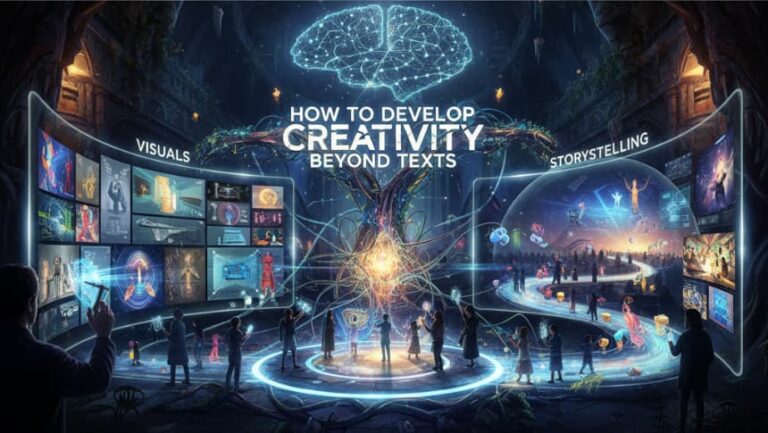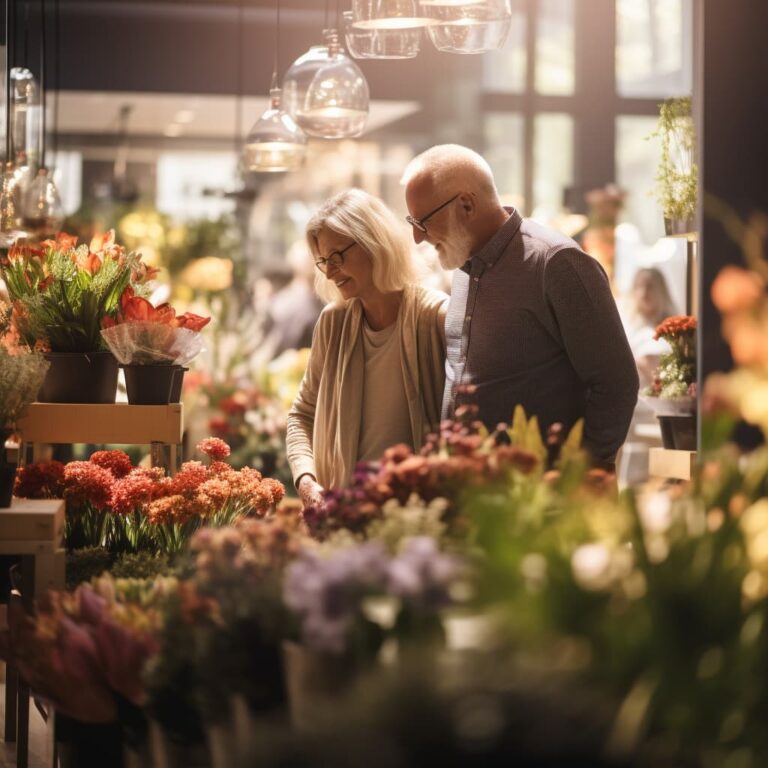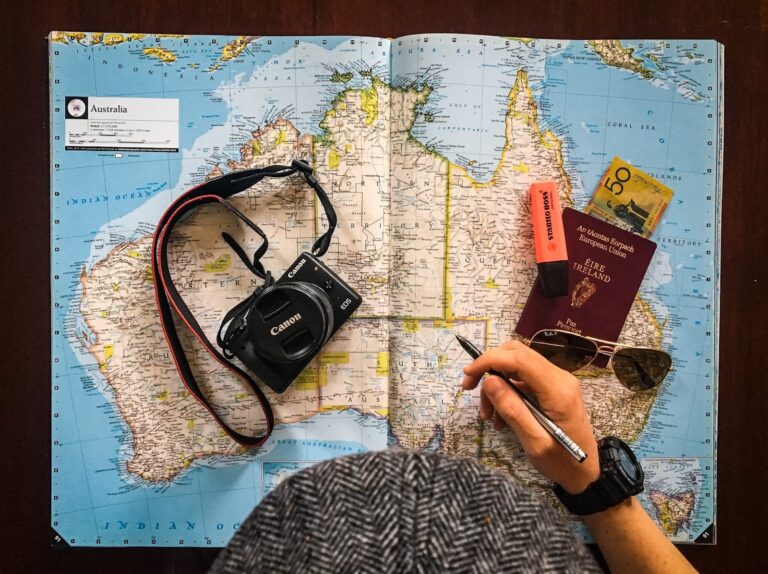Blogging is no longer just an online diary—it has evolved into a powerful medium for sharing ideas, building communities, and even generating income. But in today’s crowded digital world, simply writing posts isn’t enough. To stand out, you need to embrace creativity. Creative blogging means finding your unique voice, experimenting with formats, and delivering content that both informs and inspires.
If you want to grow as a creative blogger, this guide will show you the mindset, tools, and strategies needed to take your blogging journey to the next level.
Why Creativity Matters in Blogging
There are millions of blogs online. Many cover the same topics, often repeating the same advice. Creativity is what separates your blog from the noise. It’s not just about fancy design or clever writing—it’s about offering a fresh perspective that resonates with your readers.
Creative bloggers:
- Tell stories instead of just listing facts
- Use visuals, videos, and interactive content
- Experiment with different tones and formats
- Connect emotionally with their audience
Being creative means daring to do something different, even when others stick to safe, familiar patterns.
Step 1: Discover Your Unique Voice
The first step to becoming a creative blogger is finding your unique voice. This voice should reflect your personality, values, and perspective.
Ask yourself:
- Do I want to sound professional, conversational, or playful?
- What topics excite me so much that I could write about them endlessly?
- How do I see the world differently from others in my niche?
Readers are drawn to authenticity. Even if a topic has been covered thousands of times, your voice and perspective can make it new again.
Step 2: Experiment With Content Formats
Creative blogging isn’t limited to long text posts. Explore different formats to keep readers engaged:
- Listicles – Quick, digestible tips.
- Storytelling posts – Sharing personal experiences.
- How-to guides – Step-by-step instructions.
- Case studies – In-depth analysis of real examples.
- Multimedia posts – Videos, podcasts, and infographics.
Don’t be afraid to mix formats. A post might start with a story, transition into a guide, and end with an infographic. Creativity often comes from blending approaches.
Step 3: Use Tools That Support Creativity
Creative energy flows best when distractions are minimized. Bloggers often spend hours researching, drafting, and editing—and constant interruptions can ruin the flow.
This is where tools like AdLock come in. AdLock is a powerful ad blocker that eliminates pop-ups, banners, and autoplay videos across browsers and apps. For bloggers, this means:
- Distraction-free research – Browse sources without annoying ads slowing you down.
- Smoother workflow – No interruptions when drafting or uploading content.
- Better focus on creativity – More mental energy for writing and brainstorming.
While most people know AdLock as a great way to block intrusive ads, for content creators it doubles as a productivity booster. Fewer distractions mean more time for creativity.
Step 4: Build a Consistent Writing Routine
Creativity thrives when paired with discipline. Waiting for “inspiration” can lead to long gaps between posts. Instead, develop a consistent writing schedule.
Tips for building a routine:
- Set aside specific hours for writing each week.
- Use outlines to stay organized.
- Break writing sessions into focused sprints.
- Keep a notebook or app for spontaneous ideas.
A routine creates structure, while creativity brings color to your writing. Together, they make blogging sustainable and enjoyable.
Step 5: Engage With Your Audience
Creative blogging isn’t just about producing content—it’s also about conversation. Readers feel more connected when they can interact with you.
Ways to engage:
- Ask questions at the end of blog posts.
- Respond to comments thoughtfully.
- Use polls or surveys to learn what readers want.
- Share behind-the-scenes content on social media.
Engagement helps you understand your audience better, sparking new creative ideas for future posts.
Step 6: Learn From Other Creators
Even the most original bloggers draw inspiration from others. Follow bloggers, YouTubers, podcasters, and artists who inspire you. Notice how they present ideas, structure content, and engage their communities.
But don’t copy—adapt. Use what you learn to fuel your own creative experiments. Ask: “How can I bring my personality into this format or idea?”
Step 7: Add Visuals and Storytelling
A creative blog doesn’t rely on text alone. Incorporating visuals makes your posts more appealing and memorable. Consider using:
- Custom graphics or illustrations
- Photos from your own experiences
- GIFs or short video clips
- Data visualizations and infographics
Combine visuals with storytelling. Instead of saying “blogging is challenging,” share a short personal story about struggling with writer’s block and how you overcame it. Storytelling humanizes your blog and connects deeply with readers.
Step 8: Stay Curious and Keep Experimenting
Creativity is not a one-time effort—it’s a lifelong habit. Stay curious by exploring new topics, experimenting with different tones, or testing new tools.
For example:
- Try publishing a blog post as a short fictional story.
- Collaborate with another blogger for a joint post.
- Record a short video to complement your article.
- Use AI tools to brainstorm ideas, then reshape them with your own voice.
Every experiment teaches you something—even if it doesn’t “work,” it helps you grow creatively.
Step 9: Balance Creativity With SEO
While creativity is essential, visibility is equally important. Without SEO (Search Engine Optimization), even the most creative posts may go unnoticed.
Some tips to blend creativity with SEO:
- Use keywords naturally, not robotically.
- Write catchy but clear headlines.
- Optimize images with alt text.
- Structure posts with headings for readability.
The key is balance. Write for humans first, search engines second.
Final Thoughts
Becoming a creative blogger isn’t about following rigid rules—it’s about expressing your unique perspective while continually experimenting and evolving. By finding your voice, diversifying formats, building a routine, and engaging with readers, you can turn blogging into both an art and a career.
And remember, creativity thrives when your mind is free from distractions. Tools like AdLock help bloggers focus by blocking intrusive ads, letting you dive into research and writing without interruptions. For many, AdLock is more than just an ad blocker—it’s a creativity enabler.
Blogging success comes from a mix of passion, discipline, and innovation. Stay authentic, stay curious, and your creativity will shine through every post you publish.





